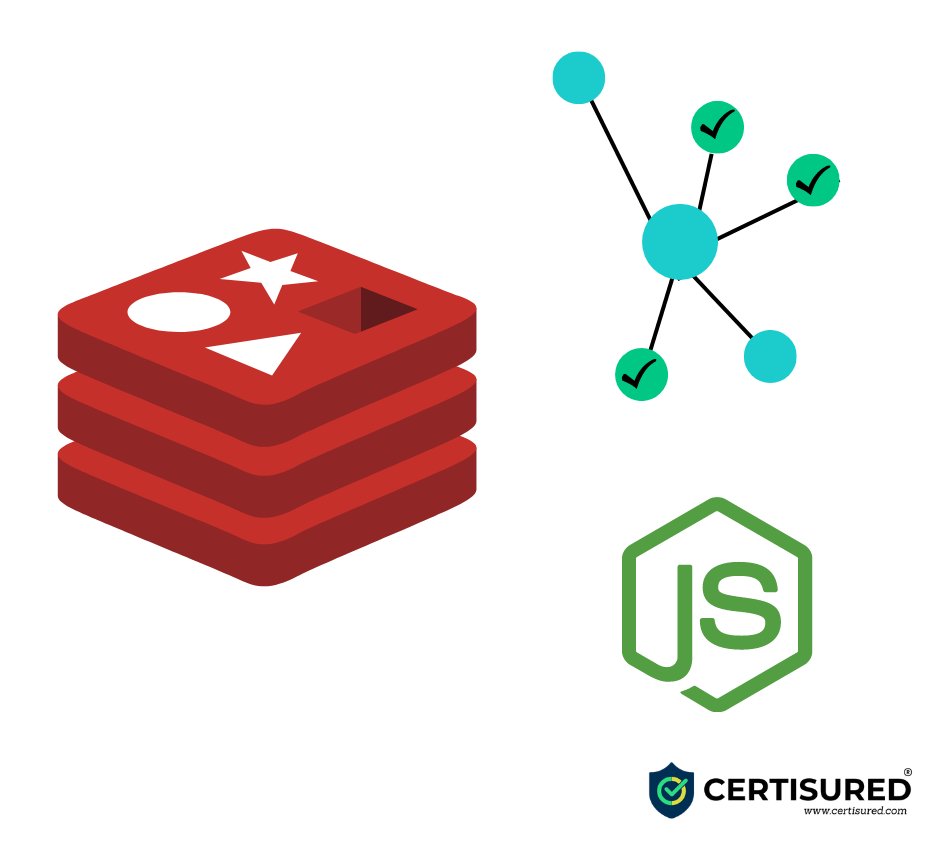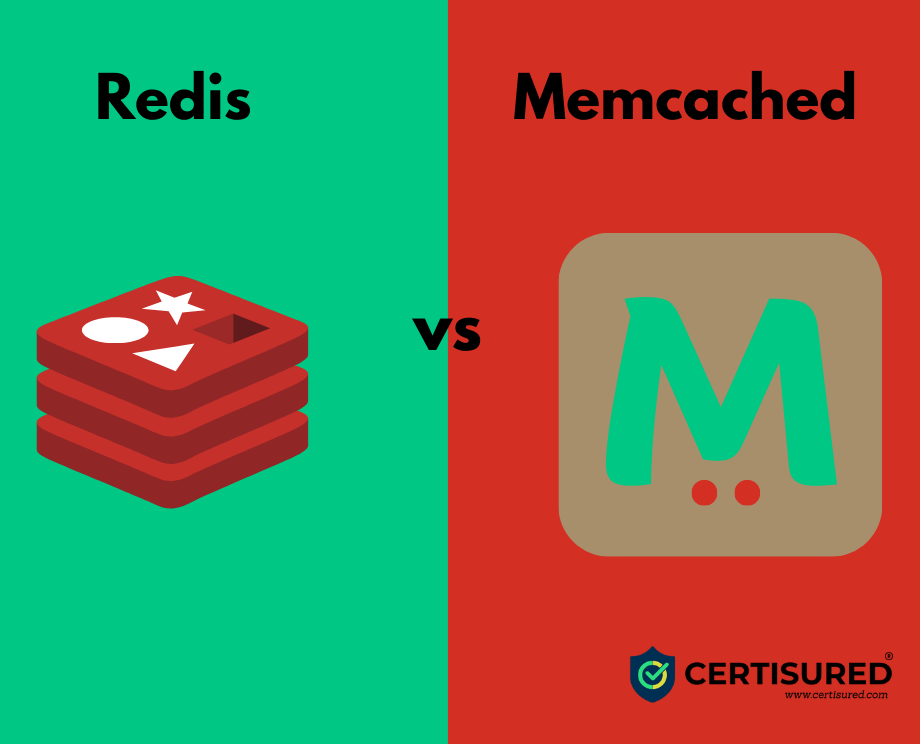Database Management
The Redis Realm: Exploring the World of High-Performance Data Storage.
Introduction
In the world of modern software development, databases play a crucial role in managing and storing data. One such database that has gained tremendous popularity is Redis (Remote Dictionary Server).
Redis is an open-source, in-memory data structure store that can be used as a database, cache, and message broker. It provides high performance, scalability, and versatility.
The name "Redis" stands for "Remote Dictionary Server." It was developed in 2009 by Salvatore Sanfilippo and has gained significant popularity due to its speed, simplicity, and versatility. Redis is designed to be fast, efficient, and reliable, making it suitable for a wide range of applications.
In this blog, we will delve into the world of Redis, exploring its features, use cases, and why it has become a popular choice for developers and organizations worldwide.
Understanding Redis
Redis is an advanced NoSQL database that stores data in a key-value format. Unlike traditional databases that store data on disk, Redis keeps the entire dataset in the server's memory. This in-memory nature allows Redis to achieve incredibly low read and write latencies, making it an ideal choice for applications that require high-speed data access.
Tech behind Redis, how it is so fast?
Redis is widely known for its exceptional speed and performance, and this is primarily due to several key technological features:
In-Memory Data Storage: Redis stores all its data in RAM (Random Access Memory) rather than on disk. Since RAM is much faster than traditional disk storage, Redis can access and manipulate data with incredible speed.
Data Structures: Redis supports various data structures, such as strings, lists, sets, hashes, sorted sets, and more. These data structures are optimized for quick and efficient operations, making Redis versatile and highly performant for various use cases.
Single-Threaded Architecture: Redis is single-threaded by default, which may seem counterintuitive for a high-performance system. However, this design choice eliminates the overhead of thread management and context-switching, simplifies data access and manipulation, and helps avoid potential race conditions. This works well because Redis is primarily limited by CPU speed and not by thread management.
Asynchronous I/O Operations: While Redis is single-threaded, it uses asynchronous I/O operations to manage concurrent connections efficiently. By employing non-blocking I/O, Redis can handle multiple client connections simultaneously without getting blocked on slow I/O operations.
Minimal Disk I/O: Since Redis operates primarily from RAM, it minimizes the usage of disk I/O, which can be a significant bottleneck in performance for many databases. However, Redis offers options to persist data on disk periodically for durability, which can be configured based on the requirements.
Partitioning and Sharding: Redis supports data partitioning and sharding, allowing you to distribute data across multiple instances and nodes. This horizontal scaling capability allows Redis to handle large datasets and increased workloads efficiently.
Replication: Redis supports master-slave replication, where data from the master node is asynchronously copied to one or more slave nodes. This not only provides data redundancy and fault tolerance but also allows read operations to be distributed across multiple nodes, further improving performance.
Pipeline and Lua Scripting: Redis allows you to pipeline multiple commands and execute them in batches, reducing the overhead of network round-trips. Additionally, you can use Lua scripting to execute complex operations on the server side, further reducing the need for multiple round-trips between the client and server.
Optimized C Implementation: Redis is implemented in C, which is known for its efficiency and speed. The core codebase is continually optimized for performance, making Redis one of the fastest in-memory databases available.
All these features combined make Redis a lightning-fast data store, ideal for various real-time applications, caching, session management, message brokering, and more.

Common use cases of Redis
It serves as a versatile tool for various use cases across different domains. Here are some common use cases of Redis:
Caching: One of the primary uses of Redis is as a caching layer. It can store frequently accessed data in memory, such as HTML fragments, API responses, or database query results. Caching with Redis significantly reduces the load on databases and improves application performance.
Session Store: Redis can efficiently manage user sessions, storing session data in memory and making it accessible across multiple application instances. It ensures quick session retrieval and enables the distribution of session data in a distributed application environment.
Real-time Analytics: Redis's fast read and write operations make it suitable for real-time analytics applications. It can store and process time-series data, allowing you to perform quick aggregations, calculations, and data analysis.
Pub/Sub Messaging: Redis supports Publish/Subscribe messaging paradigm, allowing different parts of an application to communicate in real-time. It is useful for building chat applications, real-time notifications, and event-driven systems.
Leaderboards and Counting: Redis' sorted sets are ideal for implementing leaderboards or ranking systems, where you need to keep track of scores and ranks for a large number of users.
Geospatial Data: Redis provides geospatial data support, allowing you to store and perform spatial queries based on geographical locations. This feature is beneficial for location-based services, mapping applications, and tracking assets.
Rate Limiting: You can use Redis to implement rate limiting for API endpoints or user actions to prevent abuse and ensure fair usage of resources.
Task Queue: Redis can serve as a task queue, where background jobs or tasks are pushed onto a list, and workers can efficiently pop and process these tasks. It ensures reliable task processing and distribution.
Caching of Database Queries: In addition to general caching, Redis can be used to cache the results of expensive database queries. This reduces the load on the database and decreases query response times.
Distributed Locking: Redis offers support for distributed locking, allowing multiple processes or servers to coordinate access to shared resources, ensuring mutual exclusion and preventing race conditions.
Session Queues: Redis can be used to manage session queues, where you can store and process pending tasks or actions that need to be executed in a specific order.
Application Rate Limiting: Redis can enforce rate limits on specific API endpoints or actions to prevent abuse and control resource consumption.
These are just a few examples of the wide range of use cases that Redis can serve.
Redis Vs other databases
Redis vs. Relational Databases (e.g., MySQL, PostgreSQL)
Data Model: Redis is a key-value store, while relational databases use tables with structured rows and columns.
Performance: Redis is an in-memory database, offering extremely fast read and write operations. Relational databases, on the other hand, typically store data on disk, which can lead to slower performance.
Scalability: Redis excels in horizontal scalability due to its in-memory nature, making it easier to handle high loads. Relational databases can also scale, but sharding and replication might be more complex.
Use Cases: Redis is well-suited for caching, real-time analytics, leaderboard systems, session management, and pub/sub messaging. Relational databases are better for applications with complex data relationships, transactions, and data integrity requirements.
Redis vs. NoSQL Databases (e.g., MongoDB, Cassandra)
Data Model: Redis is a key-value store, but NoSQL databases can have various data models like document-based (MongoDB), column-family (Cassandra), or graph-based (Neo4j).
Performance: Redis offers extremely low latency as an in-memory database, making it a top choice for applications requiring real-time data access. NoSQL databases have varying performance characteristics depending on their specific data model and configuration.
Data Size: As an in-memory database, Redis has limitations on data size based on available RAM. NoSQL databases can typically scale to handle large volumes of data spread across multiple nodes.
Use Cases Redis is commonly used for caching, session storage, real-time analytics, message queues, and rate limiting. NoSQL databases are suitable for scenarios that require flexible schema design, high write throughput, and distributed data storage.
Redis vs. Memcached

Data Structure: Redis supports a wide range of data structures (strings, lists, sets, hashes, etc.), making it more versatile than Memcached, which primarily deals with key-value pairs.
Persistence: Redis provides options for data persistence, allowing data to be stored on disk, which Memcached lacks.
Performance: Both Redis and Memcached are in-memory data stores, but Redis tends to offer better performance due to its advanced data structures and additional features.
Redis vs. Elasticsearch
Data Model: Redis is primarily a key-value store, while Elasticsearch is designed for full-text search and complex data querying.
Querying: Elasticsearch provides powerful search capabilities and aggregations, making it suitable for scenarios requiring sophisticated querying. Redis, on the other hand, is better for simple lookups based on keys.
Use Cases Redis is commonly used for caching, real-time analytics, and quick data retrieval. Elasticsearch is popular for building search engines, log analysis, and data exploration. Redis excels in scenarios that require fast data access and low latency. Its in-memory nature and support for various data structures make it a strong choice for caching, session management, and real-time applications. However, for more complex data models, data relationships, and structured querying, traditional relational databases or NoSQL databases with specific data models may be more suitable. As always, the choice of the database depends on the specific requirements and characteristics of the application or system being developed.
Conclusion
Redis is an exceptional database that has garnered significant attention in the development community due to its in-memory architecture, blazing-fast performance, and feature-rich capabilities. Its versatility and use cases make it a top choice for numerous applications, from small-scale projects to enterprise-level systems. As you embrace Redis in your development stack, remember to understand its strengths and limitations to harness its full potential and deliver robust, high-performance applications.
